Xunta De Galicia
Perhaps the reason that the harbour towns from Malpica to Ferrol so effortlessly showcase the best of Galician hospitality is that they were once the edge of the known world, backing on to a coastline that would punish sailors who traversed it.
1.
Camino De Santiago
Ride the pilgrims’ way
Peppered with peaks and waterfalls, Galicia is a cycling paradise
Find new ways to experience Galicia’s ancient pilgrimage trail
Historically, the Camino de Santiago is a path well-travelled. Indeed, Galicians might have had a hand in creating mass tourism as we know it when they first promoted the pilgrimage to Santiago de Compostela. However, Spain’s north-westerly corner feels a world away from the beach-going hordes to the south.
Today, the pilgrim’s trail can be swiftly enjoyed on two wheels, via sections 17-19 of the EuroVelo 3 cycle route. This 287km stretch takes you through towns of thatched pallozas, past historic monasteries and one or two spots for a well-poured Estrella Galicia. The route follows the historic French Way and is the culmination of a network of ancient pilgrimage routes that snake through Europe heading for the Cathedral of Santiago de Compostela and the shrine of Saint James. (For the less time-pressed, there’s always the full 5,650km EuroVelo 3, which winds through six countries before reaching Spain). Wherever the journey begins, the climax happens here, in Galicia, where dense forests and lush hills meet idyllic beaches and the wild Atlantic.
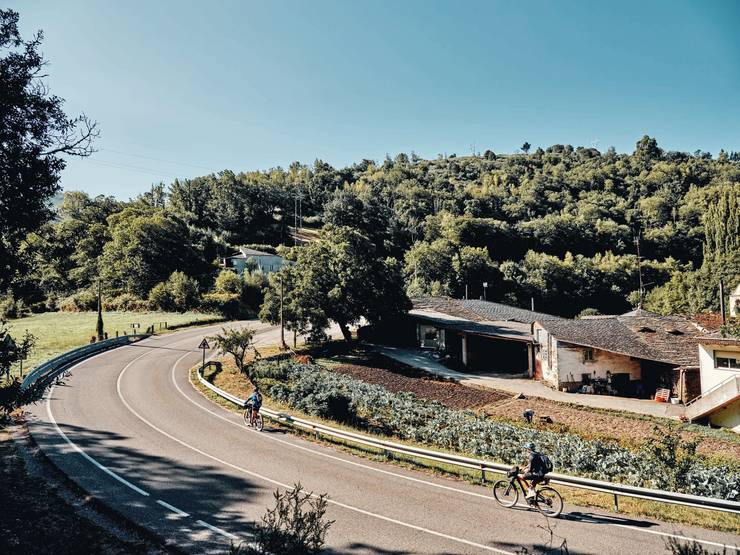
Section 17 of EuroVelo 3 takes riders from Pedrafita do Cebreiro to the old town of Sarria but not before visiting the sixth-century monastery in Samos for a stopover. The storied streets of Sarria offer the perfect place to dismount and stroll around the charming early-gothic churches or small stone homes. From there, the intrepid or art-admiring may wish to detour south a couple of hours to visit Miriam Pérez’s gallery, Vilaseco, which sits in a rural carballeira (oak grove) and encourages dialogues between art, architecture and design. Getting back on track in section 18, cyclists pass the rustic villages of Palas de Rei and Melide, before completing section 19 in Santiago de Compostela.

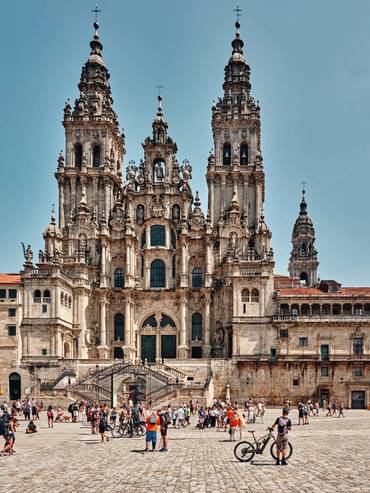
Galicia’s capital plays host to more than pilgrims and the impressive cathedral. There’s something stirring in Santiago de Compostela and a crowd of savvy entrepreneurs settling here who are increasingly wise to the city’s charms. Whether it’s architect David Chipperfield’s Fundación RIA with its commitment to improving quality of life across Galicia or one of chef Iago Pazos’ modern taverna updates, Santiago offers a place to cultivate and bloom like an indigenous camellia flower. Next up, Santiago needs a good biking brand to support the pedalling pilgrims – a Galician answer to Pas Normal Studios or Rapha, anyone?
Santiago lets you enjoy an unsullied, authentic side to Spain. At O Gato Negro, a group of local women take a coveted table outside for the evening as cyclists fresh off the Camino lean at the bar and order individual tapas until full. The unpretentious city centre serves some of Spain’s finest pulpo a la feria and aged Godello wine that is poured from chilled jugs into handleless teacups. After cycling this far, why not pedal onward to Cape Finisterre or complete the newly signposted EuroVelo 1?
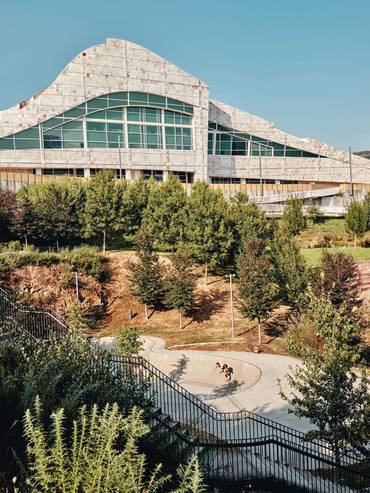
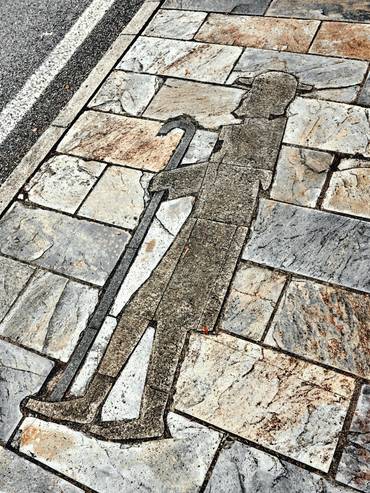
2.
Ourense
Bathe in the forest
Galicia’s green heart, Ourense is blessed with walking trails
Follow one of the city’s hiking trails or running routes before relaxing in the natural warmth of the outdoor thermal baths.
Far inland from Galicia’s coastline, Ourense is still a city defined by water. Since Roman times, the thermal properties of the pools that dot the Miño river have encouraged travellers to take a pause, soak and relax. While the river has given Ourense it’s verdant surroundings, the hot springs are where locals go to enjoy them.
In the early evening at the Muíño da Veiga thermal baths, the sound of the onrushing river muffles a city that is ready to an enjoy a long night. The chatter of veteran bathers completing a ritualistic dip or the sighs of relieved hikers are all that dispels the Miño.
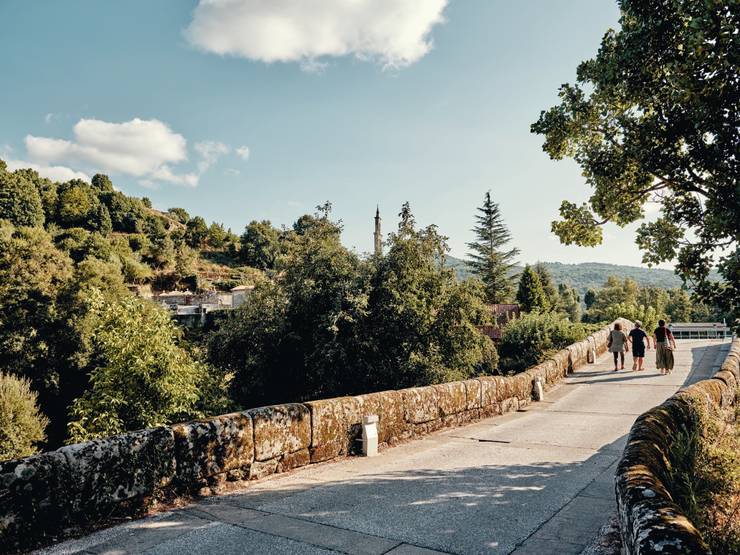
Here at the riverbed, steam plumes from five pools that practically merge with the river and, as the sun sets, people happily flit between pools for a cooling plunge or a warmer bathe. There’s a sense of community here, fostered by a local authority that celebrates this emblematic pastime – one that is more akin to a Japanese onsen than a typical spa retreat.
The city’s cobbled centre takes on a golden hue after bathtime, as locals mingle in the streets for tapas and to toast the evening. After crossing the Ponte Romana bridge – which the Miño mirrors on a still day to double its grandeur – you head into a maze of baroque and medieval stone marvels. From here, the mind naturally turns to food and drink, as any flat surface is increasingly covered in dishes and glassware and cries of “saúde!”
At Tapa Negra, a hushed plaza with a few trees paves the way for couples and larger groups of diners to bring it to life. The pulpitos – pan-seared baby octopi – are perfectly tender and the albariño, naturally, is generously poured. Walking around Ourense at night, people of every age are swept up in conversation and convinced of one more glass.
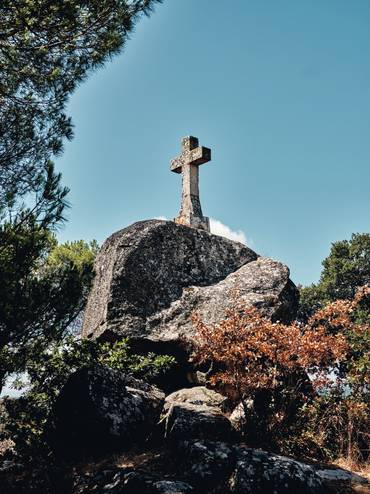
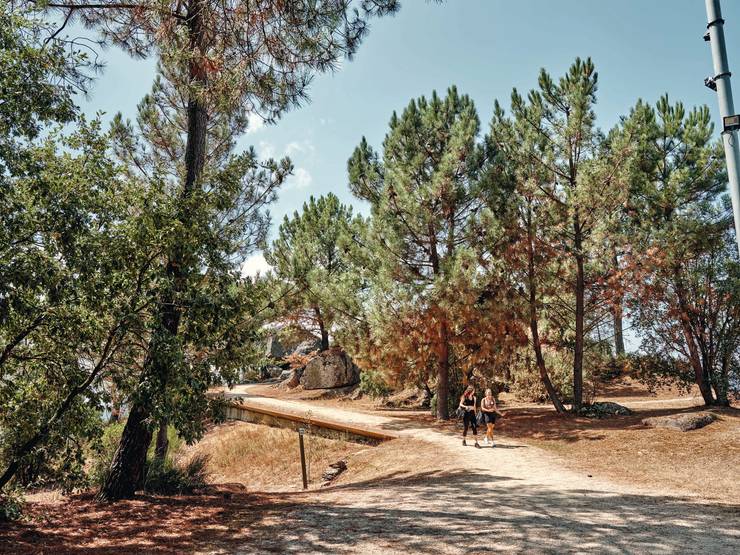
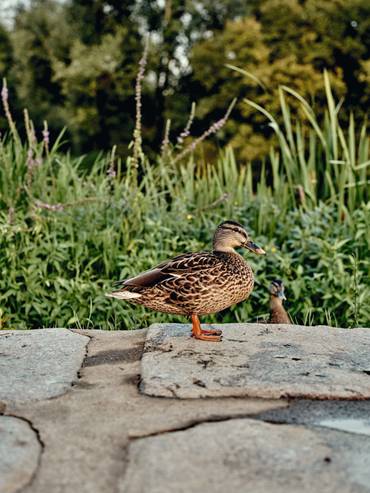
The next morning should once again take you outside the city limits into the heart of Galicia’s countryside. Along the Ourense Peri-Urban trail, take a walk to the Botánico de Montealegre, a botanical garden with views over the city. Alternatively, wander the banks of the Limia river to the Área de Allariz, a Unesco-designated biosphere reserve rich with flora and fauna. On your return to town, leave time to enjoy a dip in the fountain As Burgas, a hot spring set within the city’s historic centre.
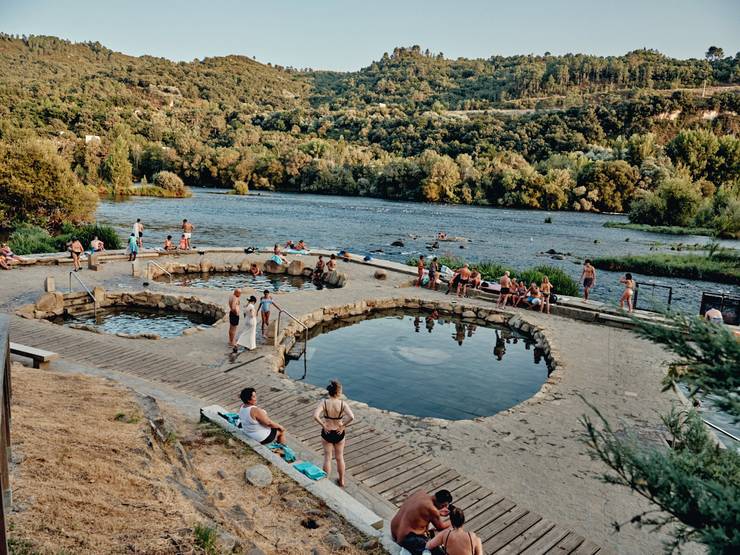
3.
Costa Da Morte
Chase the last light
Drive Galicia’s dramatic coast in search of Europe’s final sunset
The dramatic “coast of death” holds the secrets to the good life
Spain’s northwest coastline is dotted with dramatic cliffs, golden beaches and fishing villages that exude a better quality of life. The area is also renowned for enjoying continental Europe’s last sunset. monocle’s coastal road trip charts a winding course from the city of A Coruña to the fishing town of Fisterra, chasing the day’s dying light at the continent’s most westerly point.
The roads here are windswept but offer views of the ever-evolving shore out of one window, while the other shows Galicia’s green hills descending to a plateau at the water’s edge. It’s a journey that, much like our Camino cycle, retraces a historic route with some added horsepower and little more ease.
We set our sights on the colourful modernist houses of Muxía, a perfect coastal town for a stroll. The Santuario de la Virgen de la Barca has endured the sea for centuries, seated on the edge of Muxía’s pier-like coast. As golden hour descends, the church’s façade is cast in a rich orange glow – a heavenly sight for even the staunchest non-believer.
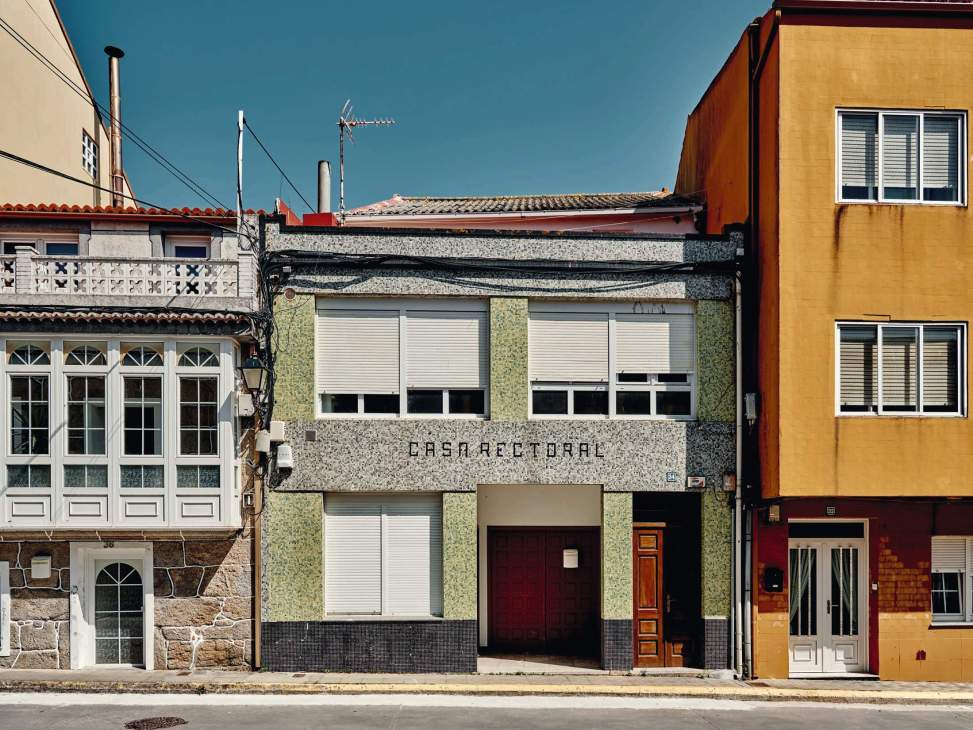
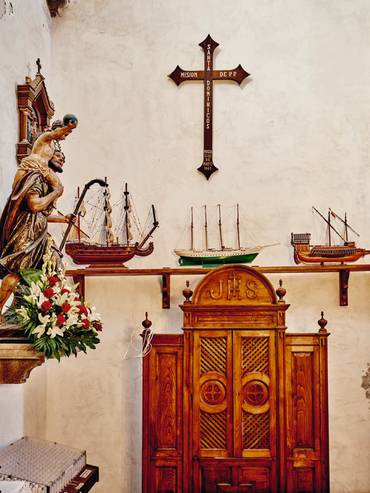

Heading south, Cabo Touriñán Lighthouse serves as a further reminder of the perils of this coast, before you could traverse it easily from the comfort of your car. This isolated point weathers the Atlantic’s wrath but also stands as a point to stop and admire the rugged landscape and thrashing waves.
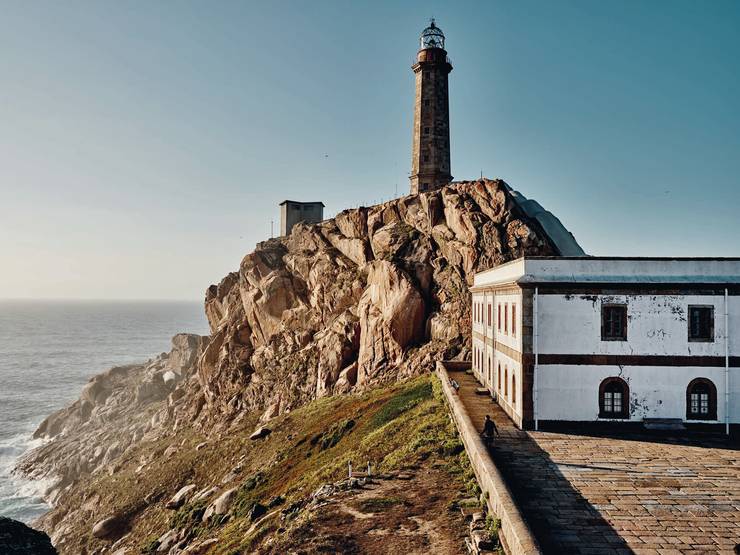
After chasing the sun to the edge of Europe and watching it begin its descent towards the sea, take a table and a room at Semáforo de Fisterra. The hotel and restaurant have a deck atop the cliffs that provides a chance to catch the green flash phenomena while enjoying a plate of Galician-style scallops or the catch of the day from the local market.
Perhaps the reason that the harbour towns from Malpica to Ferrol so effortlessly showcase the best of Galician hospitality is that they were once the edge of the known world, backing on to a coastline that would punish sailors who traversed it. This thought grants a little perspective. Fresh seafood and picturesque landscapes make for a great trip, but many call these towns home. Invariably, if young people do leave Galicia to study, they return to these spots to holiday or setup home again. Nowhere can compete with what these outposts offer as they distil all you need to enjoy the good life.


